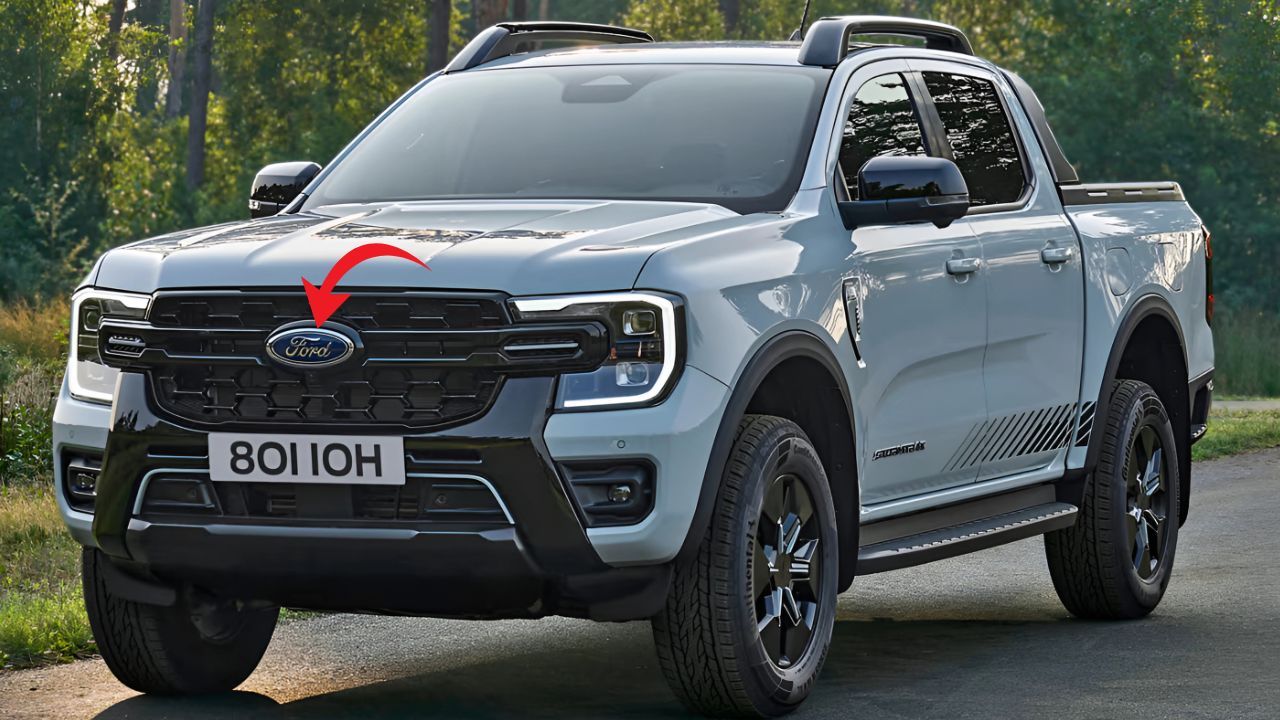The Ford Ranger has long been a cornerstone of Australia’s automotive landscape, a rugged ute revered by tradies, farmers, and adventure enthusiasts for its durability and versatility. In 2025, Ford introduces a game-changer: the Ford Ranger Plug-in Hybrid Electric Vehicle (PHEV), set to hit Australian showrooms mid-year. This electrified version of the nation’s top-selling vehicle (62,593 units in 2024) blends traditional Ranger capability with cutting-edge hybrid technology, offering a compelling mix of power, fuel efficiency, and innovative features like the Pro Power Onboard system. Priced from $71,990 to $86,990 AUD across XLT, Sport, Wildtrak, and Stormtrak trims, the Ranger PHEV delivers 207kW of power, 697Nm of torque, and a combined fuel economy of 2.9L/100km with a 49km electric-only range. But with a premium price tag and a focus on urban and lifestyle buyers, does the Ranger PHEV justify its cost for Aussie drivers? This article explores its pricing, performance, and efficiency, comparing it to diesel models and assessing its place in Australia’s evolving electric vehicle (EV) market.
Pricing: A Premium for Hybrid Innovation
The 2025 Ford Ranger PHEV is positioned at the higher end of the Ranger lineup, reflecting its advanced hybrid technology and South African production, which incurs a 5% import tariff due to the lack of a free trade agreement with Australia (unlike Thai-built Rangers). Pricing starts at $71,990 before on-road costs for the XLT, a $3,150 premium over the V6 turbo-diesel XLT ($68,840) and $8,350 more than the bi-turbo diesel four-cylinder XLT ($63,640). The Sport PHEV is priced at $75,990, the Wildtrak at $79,990, and the limited-edition Stormtrak at $86,990, just below the Ranger Raptor’s $90,440. These prices, lower than earlier estimates of $10,000–$15,000 premiums, reflect Ford’s effort to make the PHEV competitive, though it’s still pricier than rivals like the BYD Shark 6 ($57,900–$67,900) and GWM Cannon Alpha PHEV.

The higher cost is driven by the PHEV’s 11.8kWh lithium-ion battery, 75kW electric motor, and sophisticated hybrid system, which add complexity and weight (the battery is mounted under the tray between reinforced frame rails). For urban buyers, the price may be offset by potential fuel savings and a Fringe Benefits Tax (FBT) exemption for novated leases (available until March 31, 2025). However, for budget-conscious tradies, the premium over diesel models like the Wildtrak V6 ($74,840) may be a hard sell, especially given diesel’s proven reliability for long-distance and heavy-duty work. The Stormtrak’s exclusive features, like Chill Grey paint and a Flexible Rack System, add flair but push the price closer to luxury territory, targeting lifestyle buyers over work-focused users.
Power: A Torque Monster with Electric Boost
The Ranger PHEV’s powertrain is a standout, combining a 2.3-litre EcoBoost turbocharged four-cylinder petrol engine with a 75kW electric motor integrated into a 10-speed Modular Hybrid Transmission (MHT). This parallel hybrid system delivers a combined 207kW and a class-leading 697Nm of torque, surpassing the Ranger Wildtrak’s 3.0-litre V6 diesel (184kW, 600Nm) and the Raptor’s 3.0-litre twin-turbo V6 petrol (292kW, 583Nm). The electric motor’s instant torque enhances low-end grunt, making the PHEV ideal for overtaking, towing (up to 3,500kg braked), and off-road performance.
The MHT allows seamless blending of petrol and electric power, with a separator clutch enabling pure electric driving or full hybrid mode for maximum performance. Four EV-specific modes—Auto EV, EV Now, EV Later, and EV Charge—offer flexibility: Auto EV optimizes efficiency, EV Now prioritizes the 49km electric range, EV Later preserves battery charge, and EV Charge uses the petrol engine to recharge the battery on the move. Regenerative braking further boosts efficiency by recapturing energy. The system supports a full-time 4×4 setup with a two-speed transfer case (2H, 4A, 4H, 4L), a rear differential lock, and Terrain Management System modes (Normal, Eco, Sport, Tow/Haul, Slippery, Mud/Ruts, Sand), borrowed from the Raptor for sharper throttle response.
Compared to the diesel Wildtrak (154kW, 500Nm from a 2.0-litre bi-turbo or 184kW, 600Nm from a 3.0-litre V6), the PHEV’s 697Nm torque gives it a clear edge for towing and acceleration, though its 207kW power output trails the Raptor’s 292kW. For urban adventurers, the electric motor’s responsiveness and the Sport mode’s dynamism make the PHEV a thrilling drive, but tradies may find the diesel’s simpler maintenance and long-range capability more practical.
Fuel Efficiency: A Green Leap for Short Trips
The Ranger PHEV’s fuel efficiency is a major draw, with a combined consumption of 2.9L/100km (ADR 81/02) and a 49km electric-only range (WLTP), ideal for urban commutes where over 50% of Ranger owners drive less than 40km daily. The 11.8kWh battery, chargeable via a household 240V socket (7m AC cable included) or public chargers, supports zero-emission driving in EV Now mode, reducing fuel costs and emissions (66g/km CO2). Regenerative braking and EV Charge mode enhance efficiency by recharging the battery during longer trips.
In contrast, the diesel Wildtrak’s 2.0-litre bi-turbo achieves 7.6L/100km, while the 3.0-litre V6 uses 8.4L/100km. For urban drivers, the PHEV’s 2.9L/100km is a significant saving, especially with rising fuel prices (around $1.80/L in mid-2025). However, real-world efficiency depends on driving habits and charging access—without regular charging, reliance on the petrol engine could negate savings, especially on long trips where the 2.3-litre EcoBoost’s efficiency drops compared to diesel. The BYD Shark 6, with a larger 29.6kWh battery and 100km electric range, offers better EV capability but compromises payload (793kg vs. Ranger PHEV’s 973kg for XLT).
The Pro Power Onboard system, delivering up to 6.9kW via a 2.3kW cabin socket and two 3.45kW load bed outlets, is a unique selling point. It allows owners to power tools, fridges, or camping gear, making the PHEV a mobile generator for off-grid adventures.

